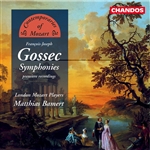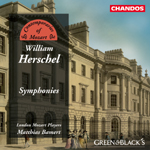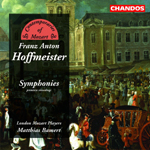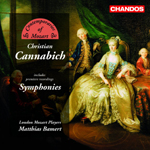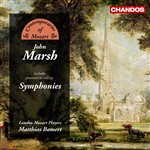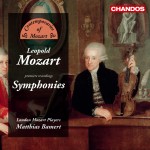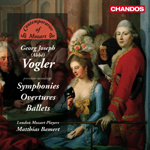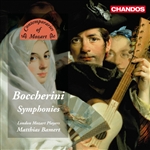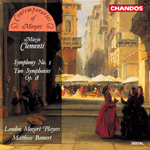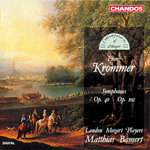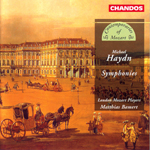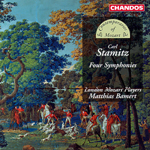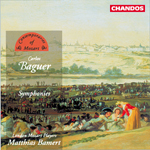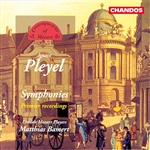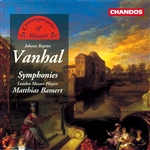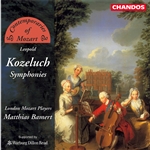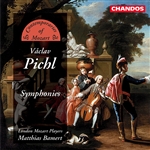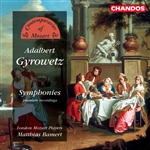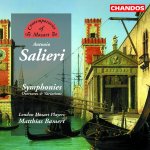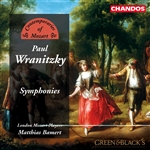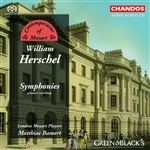Contemporaries of Mozart Series
FRANÇOIS JOSEPH GOSSEC
(1734-1829)
Symphony, Op. 12 No. 6 (B59)
15:00
in F major - F-Dur - fa majeur
1.
I
Allegro molto -
5:56
2.
II
Andantino allegretto -
4:46
Symphony, Op. 5 No. 2 (B26)
13:02
in E flat major - Es-Dur - mi bémol majeur
4.
I
Allegro moderato -
4:55
5.
II
Romanza: Andante -
1:48
6.
III
Minuetto & Trio -
2:01
Symphony, Op. 12 No. 5 (B58)
12:59
in E flat major - Es-Dur - mi bémol majeur
8.
I
Lamentabile - Presto con furia -
5:07
9.
II
Andante moderato -
4:34
Symphony, Op. 5 No. 3 'Pastorella' (B27)
13:11
in D major - D-Dur - ré majeur
11.
I
Adagio lento - Allegro -
4:31
13.
III
Minuetto & Trio -
2:16
in D major - D-Dur - ré majeur
16.
II
Andante un poco allegretto -
4:25
Orchestra: London Mozart Players
Conductor: Matthias Bamert
















 My Wish List
My Wish List

